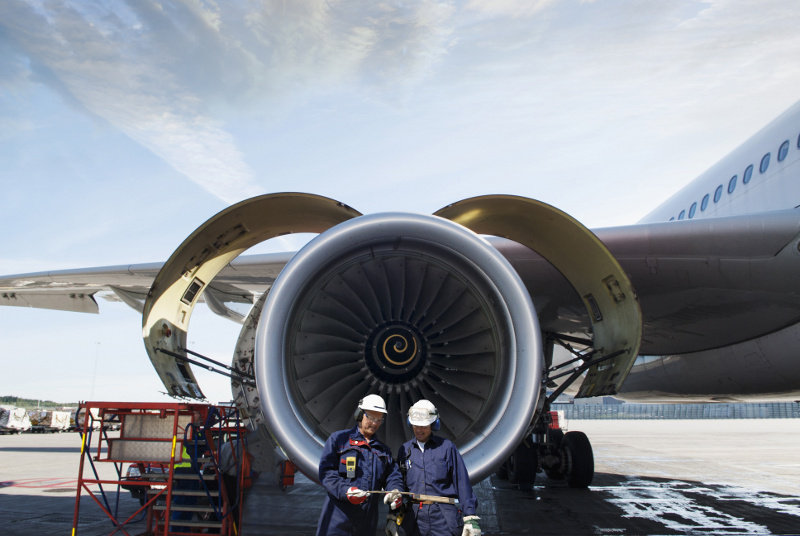
By Brad Powell
Banks and credit unions often ask me if they can achieve the results they need by modernizing their existing system, or will they need to throw out the old one and bring in something entirely new. So I found this article in the OnApproach blog interesting because it compared legacy systems to dinosaurs.
The piece said "legacy systems are a hindrance" for credit unions, and "keeping these dinosaurs alive is a huge resource drain."
I would propose that you can understand legacy systems better with a different analogy – instead of comparing them to prehistoric life forms, let's compare them to airplanes.
How Do Airlines Manage Airplanes?
Do you feel safe flying? The reason I ask is that the United States has some of the oldest commercial aircraft in the world. Why are they so old? Two main reasons:
- Older airplanes are safe. With proper maintenance, commercial planes can safely fly for at least 30 years. The B-52, the workhorse bomber of the US Air Force, has a planned lifespan of 90 years. Planes are tough, and adaptable.
- New airplanes are expensive. The capital cost of a plane is enormous. And there are many other costs, such as training and integrating new aircraft with existing equipment, that make it even more costly.
Do airplanes last forever? Absolutely not. At some point it costs too much to keep them flying or to retrofit them, and it makes sense to buy new ones. But the bottom line is that new planes cost a lot of money, and older planes are adaptable, so it makes sense to keep them flying a long time.
Bank Systems Are a Lot More Like Airplanes
Bank systems and new planes share quite a bit in common.
A new bank system is hardly inexpensive, and financial institutions need to be sure they've gotten their money's worth with the old system before scrapping it.
Training and integration are significant expenses that come with a new banking system. Rip-and-replace might sound like a great idea (especially to those selling new systems), but getting the new system to incorporate your specific needs, and then training your staff, can each take on lives of their own.
And, like an older airplane, an older banking system can still meet modern needs – if handled correctly. Furthermore, once the airline has purchased the plane, they add seating, decorating, and other features that make the aircraft special to their operation. Which leads us to ...
One More Flaw in the "Dinosaur" Analogy
What drove dinosaurs to extinction? Conditions changed and they were unable to adapt.
Today's technology climate continues to create change for bank systems, and those changes are coming rapidly.
However, not every change requires a new system. An airline can add new seating and entertainment systems to yesterday's aircraft to modernize their fleet and remain quite relevant. Similarly, banks and credit unions can integrate new features into a 10-year-old banking system that will accomplish most, if not all, of what a credit union or bank needs.
In other words, legacy systems are much more adaptable than dinosaurs.
What Does It All Mean For You?
Sure, there will be times when it's smart for your financial institution to invest in new systems. But organizations can't do that every time there is a new shiny-object of technology that appears to surpass their core system – that would get very expensive, very quickly.
In the end, credit unions and banks need to evaluate their situation and decide: Can they still adapt, or is it time to start over?
--
Compliance and Your Credit Union
Does your credit union:
• Face an daunting burden of regulatory requests?
• Struggle to manage the multiple experts inside and outside your organization who must respond to exam requests?
• Use email for regulatory communication -- possibly opening yourself to legal discovery?
• Receive the same request more than once but provide a different answer each time?
If these challenges sound familiar, Axiaware's new credit union compliance software product, Redboard, could help.



